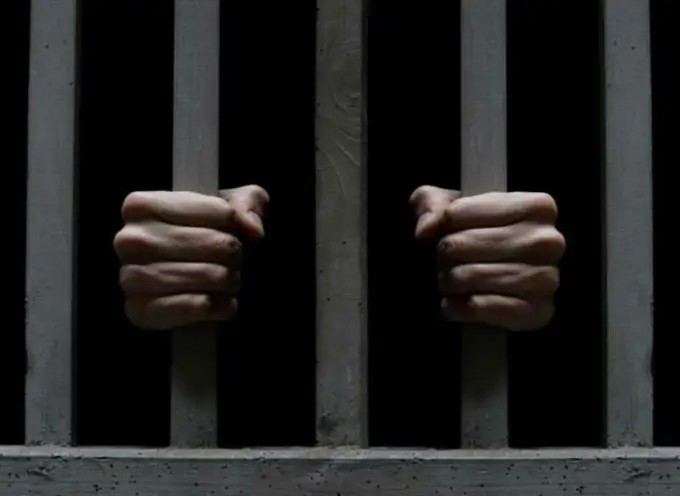- Author Antonio Harrison [email protected].
- Public 2023-12-16 07:44.
- Last modified 2025-01-22 21:44.
It is customary to call all citizens taken into custody prisoners. These include persons accused or suspects held in custody in a prison (in a bullpen, a pre-trial detention center, etc.) until a court decision is issued. Everyone who has been sentenced and carried out is called convicted and sent to correctional (penitentiary) institutions - colonies.

Instructions
Step 1
Correctional institutions in Russia, depending on the severity of the crime committed by their "inhabitants", are divided into several types:
- general regime, - reinforced, - strict, - special, - specialized
- settlements.
The main goal of any such institution is to restrict the freedom of citizens who have stumbled, but not their rights. In fact, the border between these concepts is erased by the mentality of the "system" itself.
Step 2
The general daily routine is drawn up by the head of the correctional labor colony (ITK), taking into account the regime of detention, individual - for some convicts (for example, a cook, storekeeper, duty officer, etc.).
Step 3
The prisoner's morning begins with a general rise at 7.00. After about half an hour allotted for morning procedures and bed refueling, the morning examination begins, which takes up to 40 minutes. Then a half-hour breakfast and a divorce at work.
Step 4
The work schedule is in accordance with labor laws, with a 30 minute lunch break. Then dinner, various activities, evening examination, preparation for bed, continuous 8-hour sleep. A prisoner's personal time is usually 30-60 minutes.
Step 5
Inmates of ITKs of all types (except for a special one) live in detachments of 150-200 people in barracks, divided among themselves into guarded mini-zones. Special regime prisoners are locked in cells for 25-50 people. One sleeping room in the barracks consists of 2-3 tiered shelves, "bunks", which can accommodate up to 150 people.
Step 6
There are several functional areas in the premises of each barrack: for storing outerwear, food and meals (for example, tea), personal belongings, and general gatherings. There is a fenced "walking" area in front of the entrance. In separate buildings there is a club, a canteen, a medical unit, a library, a bathhouse, meeting rooms, and an administrative headquarters. It is possible to move around the territory only with the permission of the administration in order.
Step 7
In addition to the residential area on the territory of the ITK, there is an industrial zone and a "penalty" for disciplinary punishments, such as a punishment cell (with isolation for 15 days) or PKT (cell confinement for up to 6 months).






